Top 10 Foods High in Lectin
Every day, I see a new trend emerging on the internet talking about eliminating a particular food or a food group from our diet to stay fit and to get the ideal lean figure we all dream about. These trends make you believe that the only obstacle between you and your model body is that particular food or food group.
One such recent trend I observed is about lectins. Before you start following this trend, let us do a quick fact check beginning with the basics.
What are lectins?
Lectins are a type of carbohydrate-binding proteins of non-immunological origin. They can bind to specific sugars reversibly via their binding sites. They are also called anti-nutrients, as they interfere with digestion and absorption of nutrients from the food they are present in. In simple terms, lectins can be termed as bodyguards for plants, which keep them safe from animals, insects, and microorganisms.
Do lectins harm humans?
Lectins cannot be digested in the gut, and are excreted out undigested. But, those with a weak gut (like Crohn’s disease and inflammatory bowel disease) wherein the gut lining is compromised, lectins can leak into the bloodstream, and initiate an immune response causing health issues. For e.g. Phytohemagglutinin present in raw or undercooked kidney beans can cause clumping of red blood cells and result with nausea, vomiting, diarrhoea, and cramps.
In a healthy individual, when food passes through the gut, it may cause minor damage, which is quickly repaired by our system to keep the permeability of lining intact to ensure only small molecules pass into the bloodstream, and large molecules stay contained. Lectins can damage this repair action causing long term damage to the lining due to which large molecules can pass into the bloodstream, and initiate an immune response.
When lectins pass into the bloodstream, they activate the immune system, and have been linked to being a major cause of many autoimmune conditions.
Lectins also interfere with the digestion and utilization of essential minerals like zinc, calcium, phosphorus, and iron from the food. They can also bind to the surfaces of the cells lining the intestinal walls, disrupting the absorption of nutrients, and leading to disturbances in the gut microflora.
What foods are high in lectin?
Here is a list of top 10 foods, which have significant amounts of lectins present in them:
- Raw kidney beans
- Soybeans
- Wheat
- Peanuts
- Tomato
- Potato
- Barley
- Eggplant
- Lima beans
- Navy beans
Apart from these, nightshade vegetables like eggplant, capsicum, potatoes, and grains like wheat and barley also contain lectins.
So, should we stop consuming all the above-mentioned foods? Of course not!
The concentration in which these lectins are harmful is way higher than the amount of these foods generally consumed in a normal diet. Also, there are ways by which lectins are rendered inactive. This is exactly why it is not just about what you eat, but also about how you cook the food you eat.
Ways to inactivate/eliminate lectins in food?
Lectins are most commonly present on the outer surface of the food and are water-soluble, so a process like washing which exposes the lectins to water, helps to reduce the lectin content.
Heat inactivates most lectins. The above-mentioned foods are mainly consumed in a cooked form, so a high heat method like boiling and steaming reduces the lectin content, thus making them safe for consumption.
When whole pulses like rajma (kidney beans), black chana (brown chickpeas), and chhola (yellow chickpeas) are soaked for 24 hours with changing of the water twelve-hourly, it helps to get rid of the lectins, and make them easily digestible. Even the nuts and seeds we commonly consume have some amount of lectins present in them. Hence, it is important to soak them overnight (or for 6-8 hours) to eliminate lectins, and make them easily digestible. Always discard the water in which the nuts and seeds are soaked, rinse, and then consume them.
Another method to inactivate lectins is sprouting, as the food is soaked in water for several hours which causes the surface lectins to dissolve in water and get eliminated. During sprouting, there is also a breakdown of these lectins by certain enzymes.
Also, since the lectins are majorly present on the food’s outer surface, dehulling of beans and grains helps to reduce the lectin content of the food.
By now, you must have understood why your grandma or mom always asked you to thoroughly wash and/or soak your grains/dals/pulses before cooking them. Such is the greatness of our Indian wisdom – everything is scientifically related. But, by trying to ape the West (instant cooking foods or ready-to-eat foods), we forget our ancestral wisdom. Hence, the answer to almost all our lifestyle issues lies in going back to our roots.
So, can we consume lectins?
People with a strong gut and no underlying autoimmune condition or gut sensitivity can easily consume foods containing lectin. Those with a weak gut or autoimmune conditions need to be careful, and identify the specific lectin-containing food causing their issues. There are different lectins present in these foods, and the reaction to these foods varies widely in individuals.
Are there any benefits of eating lectin-containing foods?
There are always two sides to the coin and to lectins too. Apart from causing specific gut-related issues, lectins have beneficial effects on the human body too. They can act as antioxidants, thus preventing the body from free radical damage. Since they bind with carbohydrates, they help avoid sudden spikes in blood sugar levels after eating carbohydrate-rich foods. This property is beneficial for diabetics.
Foods rich in lectins are also a good source of protein, fibre, minerals, B vitamins and healthy fats, thus benefiting those looking for fat loss, supporting cardiovascular health, and fighting insulin resistance.
Lectins can also cause cancer cell death. Researchers are working on utilizing this property of lectins in anti-cancer treatments.
Conclusion
You should never follow a generalized approach in a diet but rather, a personalized approach. If you are a person with a sensitive gut, a diet rich in lectins may cause discomfort, so reach out to your nutritionist to understand the best way out.
If you are a healthy person, follow the basics of soaking, sprouting, cooking, and fermentation to naturally reduce the lectin content.
Before you blindly start following fads, sit back and reason. Consult your health care practitioner, or your nutritionist to understand the pros and cons of the steps you are planning to take.
Disclaimer: The views expressed in the article are not a replacement of your doctor/healthcare practitioner’s advice.
|
From a pimple to cancer, our You Care Wellness Program helps you find a way Talk to our integrative team of experts today 18001020253 |

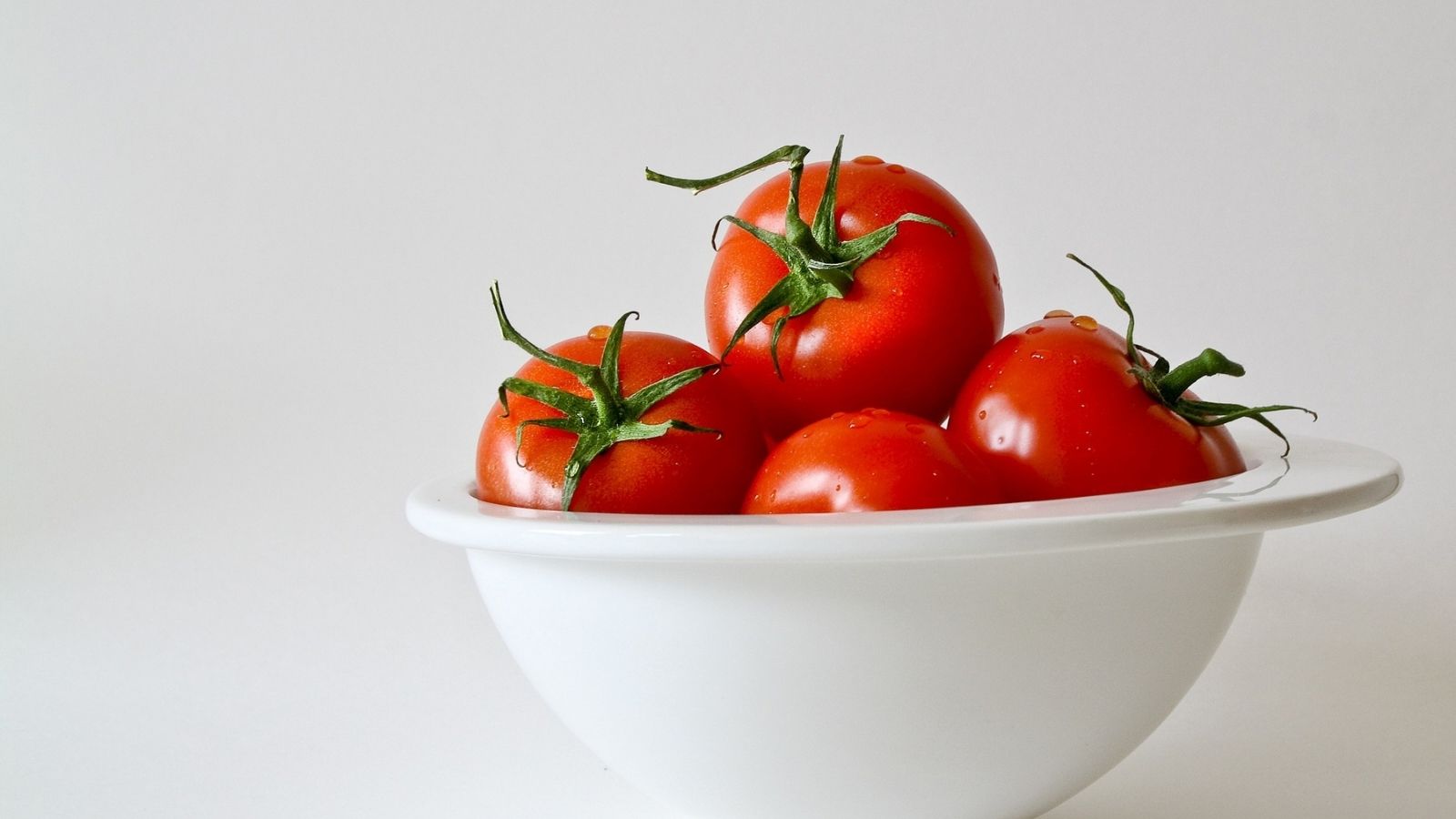
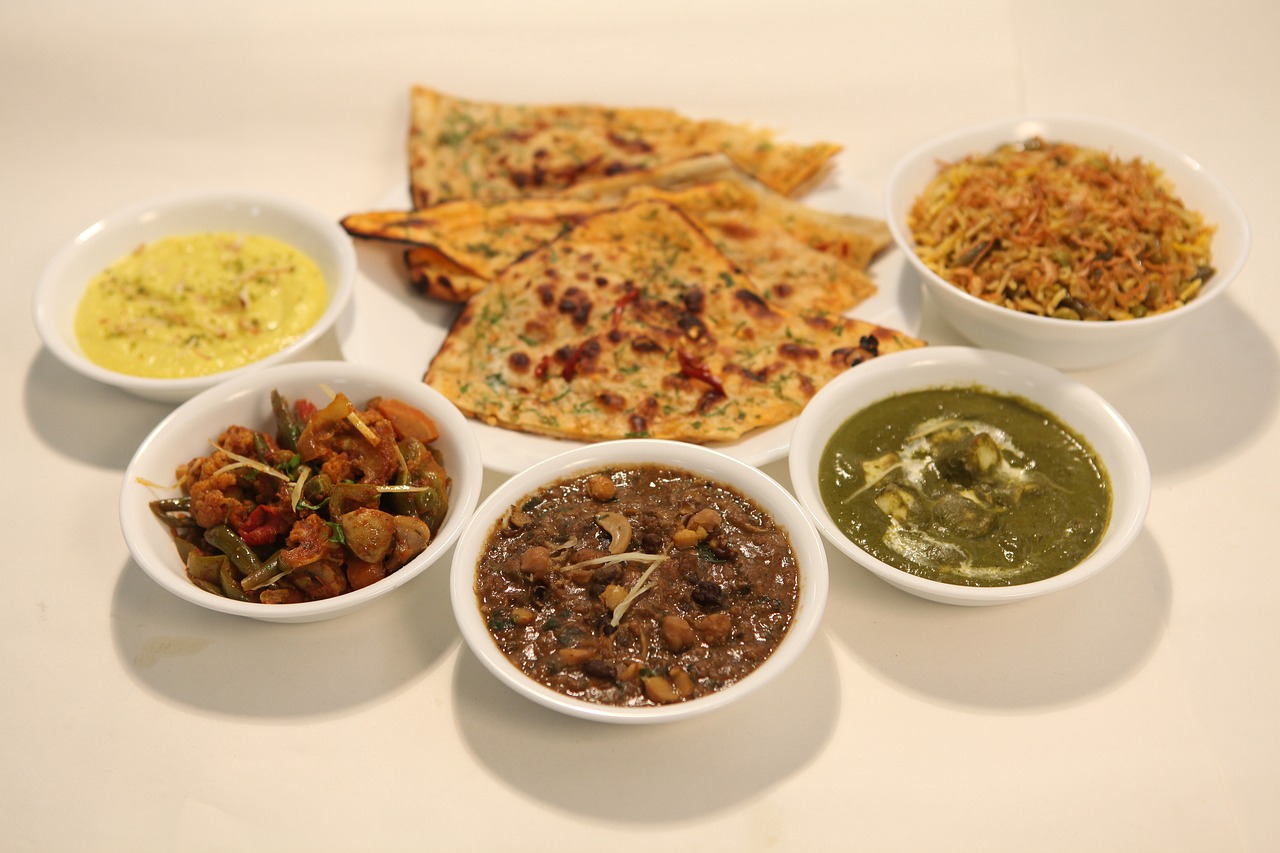
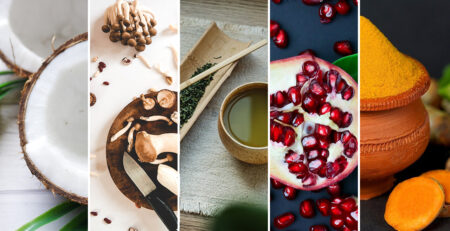
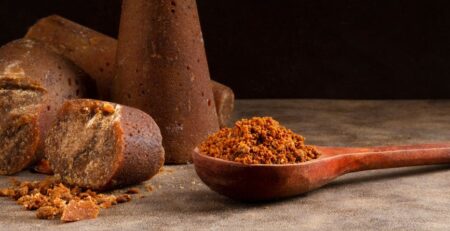
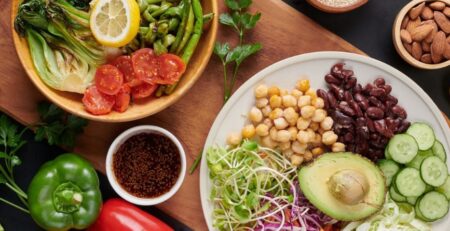
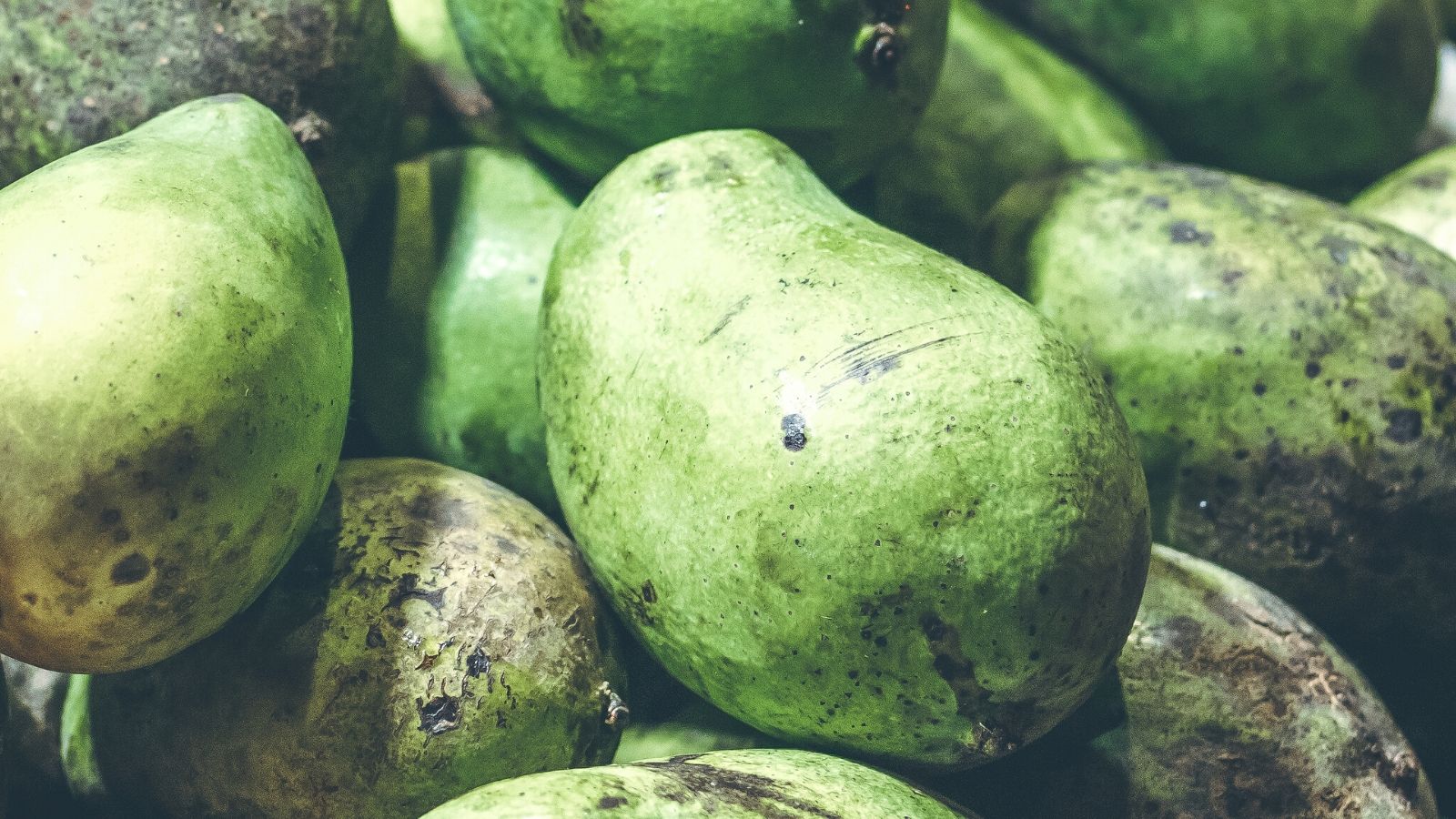
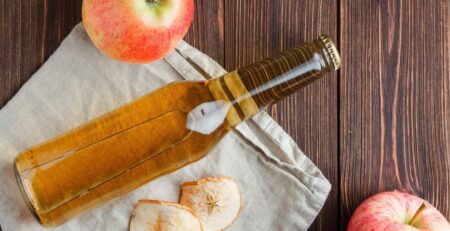
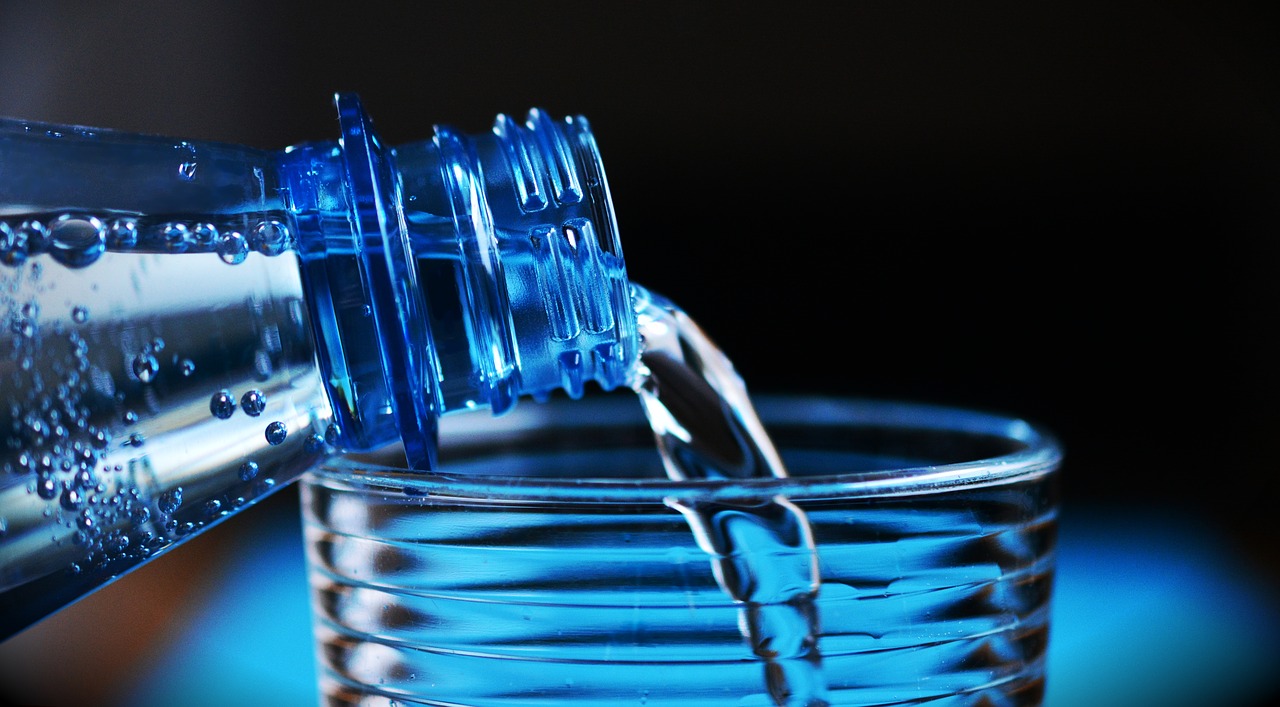
Leave a Reply